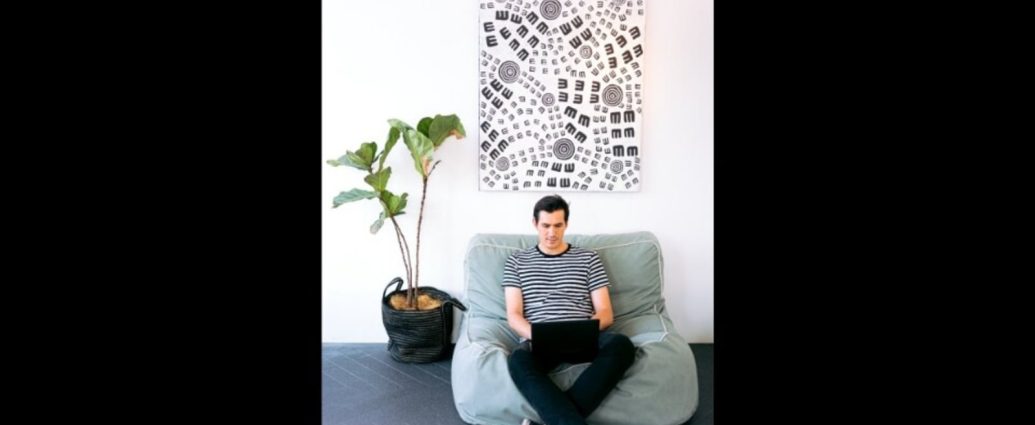Millennials, who are known to be the primary generation of digital natives, are constantly redefining concepts and locating new ways of lifestyles where there has been a paradigm shift to transform office spaces into an effective horizon, especially for millennials, who are driven by a range of emerging design trends. The envelope of workspaces is being pushed time and again and it becomes crucial to get inspired by the evolving needs of the current generation.
Flexibility in design and layout
The professional world has substantially moved far away from “functional” workspaces to more engaging, “activity-based” environments, in terms of spatial utilities. While work-life balance remains a dominant phrase in design conversations today, the evolution of flexible office spaces speaks to the shift that millennial generations are making from a work-life balance to an integration.
In an interview with HT Lifestyle, Rohit Suraj, Founder and CEO of Urban Zen, shared, “Flexible furniture options such as portable chairs and reconfigurable furniture are occupying most of the office spaces with the open-plan layout taking up the trend. They are adaptable to the changing needs of different occupants and provide comfort, therefore increasing their productivity. Collaboration zones and breakout spaces within the workspace can improve the approachability index and foster an interactive yet productive environment.”
Influence of technology
Digital technology is growing at a rapid pace with an immense impact on workspace interiors. With millennials being increasingly ingrained with digital influences, integrating tech-savvy features become mandatory in modern offices. According to Ar Abhigyan Neogi, Founder and Principal Architect of Chromed Design Studio, “Breakout spaces with Wifi help in attracting the millennials and they manifest into hot gathering spots. The use of giant LED screens and VR and AR technologies has struck a chord with office employees. These technologies can also nurture the creativity that a workspace brings to your employees.”
Balance of privacy and collaboration
With the workforce returning to the office after working from home for a long period, the workplace design needs to facilitate choices for a proportionate balance of privacy and collaboration. Ar Sumit Dhawan, Founder and Principal Architect of Cityspace’ 82 Architects, said, “Creating a seamless experience for millennial workers who flex between privacy and teamwork has become critical in contemporary workspaces. With contemporary office design harnessing towards creating more personal spaces such as cubicles and cabins, it is equally essential to create a way of community and belonging in workspaces. People need more human experiences and we get to create more opportunities for these social experiences.”
Sustainability and wellness
Millennials are a more eco-conscious generation therefore, it becomes essential to incorporate environment-friendly elements in any office design scheme. Ar Sumit suggested, “Switching to natural materials and LED lighting are some easy choices for an eco-friendly office design. Biophilic design is gaining more traction, especially in office interiors, which has proven to improve wellness and promote sustainability. Large glazings and indoor plants can improve sunlight and air quality, paving the way for the mental well-being of the inhabitants.”
On the other hand, ergonomic design plays a vital role in today’s office spaces, with the increasing focus of millennials on physical and mental wellness. Ar Abhigyan pointed out, “Quirky furnishings such as bright-coloured sofas and beanbags can make the space more lively and vibrant. Millennials prefer unconventional colour palettes, bold illustrations, and playful amenities to promote synergy, especially in informal spaces. An open-plan office with informal spaces promotes interaction and creates a feel-good environment. Use of indoor greens or green walls also add a meditative environment inside a workplace.”
Designing for the millennials requires a dramatic shift of office trends that adapt to their changing needs and desires. Architecture represents the reflection of society and present culture therefore, it is always crucial to meet the demands of people to create a futuristic design.
